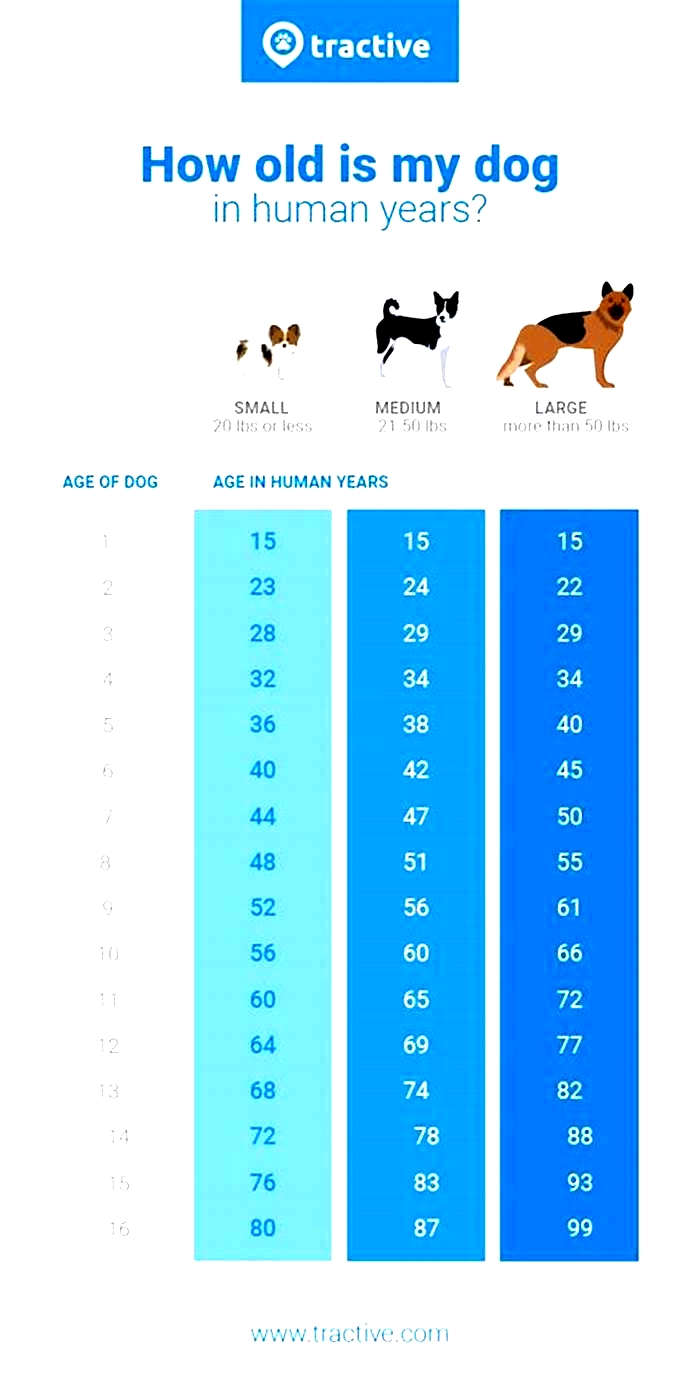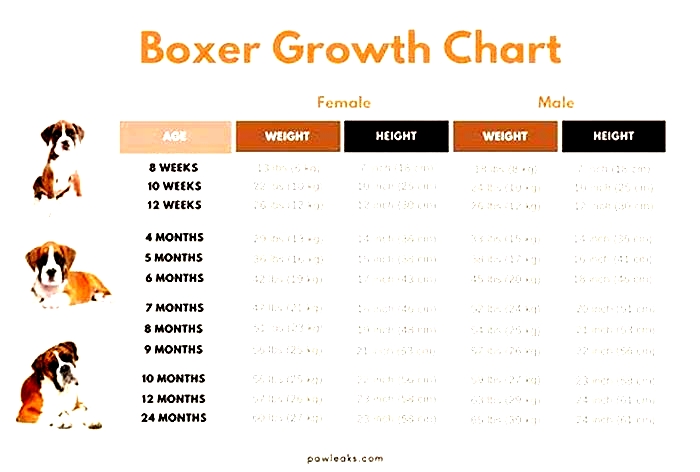Is 15 years a long life for a dog

How Long Do Dogs Live?
Humans have much longer lifespans than dogs. This is a basic fact of dog ownership and one that many owners struggle with when the time comes to say goodbye. While we may wish our dogs could live forever, knowing how long dogs live helps prepare us for their needs as seniors, ensuring that we give them the best possible care throughout their lives so that we get to spend as much time with them as possible.
There are several factors that determine the longevity of dogs, including size, breed, and the general health of the animal. These factors can help answer the questions on most dog owners minds: How long do dogs live? And how can I help my dog live longer?
Do Small Dog Breeds Live Longer than Large Dog Breeds?


Scientists have long been baffled about why small dog breeds tend to live longer than large dog breeds. In the rest of the animal kingdom, size seems to positively correlate with longevity. Elephants and whales are some of the largest and longest-lived mammals, with some whale species living more than 100 years. The same cannot be said of dogs.
Small dogs live significantly longer than their larger counterparts, in many cases up to several years longer. Scientists are not entirely sure why this occurs, although there is speculation that larger dogs develop age-related diseases sooner than smaller dogs. This could be because the larger breeds grow from puppies to adults at an accelerated rate, which may increase the likelihood of abnormal cell growth and death from cancer.
Regardless of the reasons behind why some dogs live longer than others, there are similar characteristics among small, medium, and large dog breeds that help determine the longevity of each group.
How Long Do Small Dog Breeds Live?


The average lifespan for small dog breeds ranges from 10 to 15 years, with some breeds living as long as 18 years. In general, small dogs live longer than their larger counterparts, with the shortest living breeds still exceeding the average lifespan of most large breeds. This makes them a good choice for owners who want a long-lived companion. While variability among breeders and statistical evidence makes it difficult to determine an exact age range for any breed of dog, here are the average lifespans of the longest-lived small dog breeds and the shortest-lived breeds.
Lifespans for certain small dog breeds:
How Long Do Medium Dog Breeds Live?


Medium-sized dog breeds range from smaller companion breeds such as French Bulldogs, to larger, active working breeds such as Border Collies and Australian Shepherds. The average lifespan for medium-sized dog breeds is 10 to 13 years, with some breeds living even longer. As with small dogs, exact age ranges for medium-sized dog breeds are hard to determine, but there are general lifespan guidelines for each breed.
Lifespans for certain medium dog breeds:
How Long Do Large and Giant Dog Breeds Live?


The average lifespan for large dog breeds is 8 to 12 years. This includes large breed dogs such as German Shepherds, Golden Retrievers, Labrador Retrievers, Rottweilers, and Doberman Pinschers, as well as giant breeds such as Great Danes, St. Bernards, and Mastiffs. In general, giant breeds tend to live an average of 8 to 10 years, whereas large dog breeds live 10 to 12 years.
Lifespans for certain large dog breeds:
The Importance Of Health Testing
In addition to size, genetics often play a role in determining a dogs longevity. Unfortunately, some dogs are predisposed to certain illnesses, just like humans. In order to give your dog the best and longest life possible it is important to be aware of any health issues your dogs breed may be more likely to develop.
When selecting a puppy, make sure you choose a responsible breeder who fulfills the health test requirements for their breed. These tests can help detect potentially harmful diseases early on in your dogs life.
Common Causes Of Early Death In Dogs
In an ideal world, all dogs would live out their expected lifespans happily and healthily. Unfortunately, this is not always the case. Early death in dogs less than two years of age is most often associated with trauma, congenital diseases, or infectious causes, according to the AVMA, but trauma, cancer, and infectious disease can occur at any time in a dogs life.
Cancer is the leading cause of death in large dog breeds across the board. Scientists dont know exactly why larger dog breeds tend to develop cancer more frequently than smaller dog breeds.
The exceedingly high rate of cancer in Golden Retrievers has led to the largest study of cancer in dogs of its kind. Researchers hope that the study will reveal information about why so many Golden Retrievers suffer from cancer and also about how the factors that contribute to cancer in dogs could also help our understanding of cancer in humans.
Cancer symptoms in dogs:
- Lumps
- Wounds that wont heal
- Weight loss
- Enlarged lymph nodes
- Distended abdomen
- Abnormal bleeding
- Lameness
- Swelling
Trauma can take many forms, including car accidents and dog fights. Puppies and small dogs have higher incidences of trauma-related deaths than adults or larger breeds, and working dogs also have higher incidences of trauma-related deaths. Keeping your dog on a leash when out of your yard can help prevent some trauma-related injuries, and it is always a good idea to supervise young puppies around other animals and children.
Congenital and inherited abnormalities are not always detectable or predictable. Selecting a responsible breeder and employing responsible breeding practices in your kennel are the best ways to avoid purchasing or producing a dog with a fatal congenital disease.
Infectious diseases are no longer the concern they were prior to vaccines, but they still claim canine victims every year. Keeping your dog up-to-date on parasite control and vaccinations can help limit your dogs risk of contracting a fatal infectious disease.
Obesity And Longevity In Dogs
Approximately 34 percent of adult dogs in the U.S. are overweight or obese. This is alarming because research suggests that obese dogs live 2 years less than dogs at a healthy weight. Obesity puts stress on the musculoskeletal system, leading to osteoarthritis and intervertebral disc disease, and increases their risk of developing diabetes and pancreatitis. Obesity is also associated with cardiac and respiratory conditions such as airway dysfunction and tracheal collapse. Keeping your dog at a healthy weight reduces the risk of his developing weight-related diseases, improves his quality of life, and gives him a chance to live out his full life expectancy.
Tips For Longer-Lived Dogs


Predicting the lifespan of your dog is tricky. While it is relatively safe to assume that a small breed dog will outlive a giant breed dog, there are many factors outside of our control that affect the longevity of our pets. This can be frustrating, but luckily there are some things we can do to improve the lifespans of our canine companions.
- Feed a healthy diet
- Maintain a healthy weight
- Keep up-to-date on vaccines and preventatives
- Know any breed-related diseases and their symptoms
- Schedule regular veterinary checkups and blood work
- Restrict access to toxins and other harmful substances
The best way to help your dog live out his or her life to the fullest is to consult with your veterinarian. Your vet can help you put together a plan for your dogs well-being that includes proper nutrition, preventative care, and exercise, so that your dog stays healthy and active into her golden years.
How to Calculate Dog Years to Human Years
Since the 1950s, the popular calculation of how old a dog was in human years has been that one dog year is the equivalent of seven human years. Even though this formula has been around for a surprisingly long time, the reality is not so cut-and-dried. That doesnt stop people from defaulting to this traditional calculation. You cant really kill the seven-year rule, says Kelly M. Cassidy, a curator of the Charles R. Connor Museum at Washington State University, who compiles studies about longevity in dogs.
One explanation for how this formula got started is that the 7:1 ratio seems to have been based on the statistic that people lived to about 70, and dogs to about 10.
My guess is it was a marketing ploy, says William Fortney, a veterinarian at Kansas State University. He tells the Wall Street Journal that it was a way to educate the public on how fast a dog ages compared to a human, predominantly from a health standpoint. It was a way to encourage owners to bring in their pets at least once a year.
How toCalculate Dog Years to Human Years?
As a general guideline, though, the American Veterinary Medical Association breaks it down like this:
- 15 human years equals the first year of a medium-sized dogs life.
- Year two for a dog equals about nine years for a human.
- And after that, each human year would be approximately five years for a dog.
How Do Researchers Come Up With Those Numbers?
There are many several factors to consider, so its not possible to pin it down precisely, but the AVMA says: Cats and small dogs are generally considered senior at seven years old, but we all know theyve got plenty of life left in them at that age. Larger-breed dogs tend to have shorter lifespans compared to smaller breeds and are often considered senior when they are 5 to 6 years of age. The senior classification is based on the fact that pets age faster than people, and veterinarians start seeing more age-related problems in these pets. Contrary to popular belief, dogs do not age at a rate of 7 human years for each year in dog years.
An example would be the Great Dane. The average life expectancy, according to the Great Dane Club of America, is about 710 years. Therefore, a 4-year-old Great Dane would already be 35 in human years. Again, keep in mind that these are rough estimates.
The National Center for Health Statistics doesnt keep records for dogs. Instead, there are three main sources for data on their longevity: pet-insurance companies, breed-club surveys, and veterinary hospitals.
Why DoSmaller Dogs Live Longer than Larger Dogs?
This phenomenon has baffled scientists for years, and research has yet to explain the relationship between body mass and a dogs lifespan.
Generally speaking, large mammals, like elephants and whales, tend to live longer than small ones, like mice. So why do small dogs have a longer average life span than large breeds?
Large dogs age at an accelerated pace, and their lives seem to unwind in fast motion, according to researcher Cornelia Kraus, an evolutionary biologist at the University of Gttingen in Germany, speaking to Inside Science. Scientists concluded that every 4.4 pounds of body mass reduced a dogs life expectancy by about a month. The reason why is still unknown, though Kraus puts forward several possibilities, including that larger dogs may succumb to age-related illnesses sooner and that the accelerated growth of large dogs may lead to a higher likelihood of abnormal cell growth and death from cancer. Scientists plan future studies to better explain the link between growth and mortality.


Canine gerontology is a burgeoning field of science, as dog lovers are looking to not only extend the time they have with their pets, but to improve the quality of that time. The Dog Aging Project is studying the aging process in dogs, using geroscience research to delay aging and promote healthy longevity.
Whether measured in human years or dog years, as our dogs mature and age there is beauty and charm at every step along the way. With their gray muzzles and wise expressions, senior dogs are especially lovable and poignant.
2019 Epigenetic Clock Study
A2019 studyby researchers at the University of California San Diego put forth a new method for calculating dog age, based on changes made to human and dog DNA over time. In both species, methyl groups are added to DNA molecules throughout aging, altering DNA activity without altering the DNA itself. As a result, DNA methylation has been used by scientists to study aging in humans through an epigenetic clock.
The research team performed targeted DNA sequencing in 104 Labrador Retrievers spanning a 16 year age range, in an attempt to compare dogs epigenetic clocks to those of humans. The results allowed them to derive a formula for adjusting dogs ages to human years, by multiplying the natural logarithm of the dogs age by 16 and adding 31 (human_age = 16ln(dog_age) + 31).Thisnatural logarithm calculatorcan help.
As the study included just a single breed, your own dogs human age based on this formula may not quite match up. Its known that different breeds age differently, so the UCSD formula may lack enough variables for conclusive results. Regardless, the new science-backed formula put forth is certainly more useful to those looking to calculate dogs human age than the long-debunked multiply by 7 myth.
Did You Know?
Evidently, people have been comparing human-to-dog years for centuries.
In 1268, the artisans creating the Cosmati Pavement in Westminster Abbey inscribed into the floor a prediction for Judgement Day: If the reader wisely considers all that is laid down, he will find here the end of the primum mobile; a hedge lives for three years, add dogs and horses and men, stags and ravens, eagles, enormous whales, the world: each one following triples the years of the one before.
By this math, a dog lives to nine, a man to 80. If these statistics were accurate, between 1268 and the mid-20th century, dogs had a year trimmed off their lifespan, and we lost almost a decade. Luckily for both species, our lifespans have gone in the other direction.
If you are the proud owner of a senior dog, celebrate the love they give you with senior dog toys, hip & joint treats, and comfy orthopedic dog beds to make their golden years the best ever.









